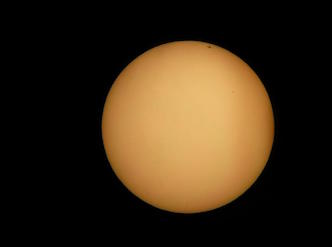
Mercury and Mars in May
May 3, 2016 | issue 35The month of May brings with it two different planetary wonders, allowing us to recreate calculations first made 300 years ago


The month of May brings with it two different planetary wonders, allowing us to recreate calculations first made 300 years ago
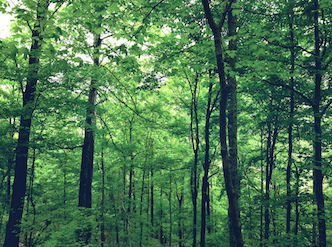
Contemplating the consequences of a tree-free planet.
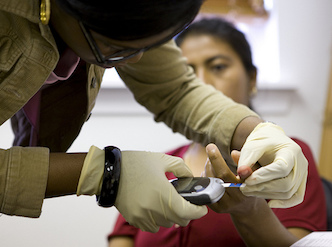
Raising awareness of the rise in diabetes
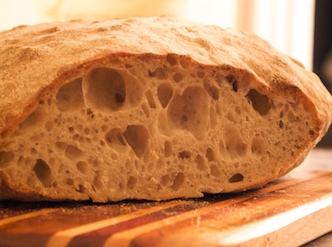
Turn your classroom into a mini biotechnology laboratory to learn about respiration

To mark the 10th anniversary of the journal, we are hosting a virtual party. Join in by using some of our articles to teach science with a festive twist.
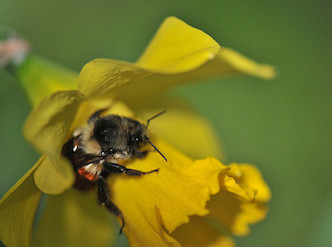

Get your cogs turning and your students’ brains ticking with these articles and activities

Enjoy a nostalgic look back at some of your favourite articles from the Science in School archive.
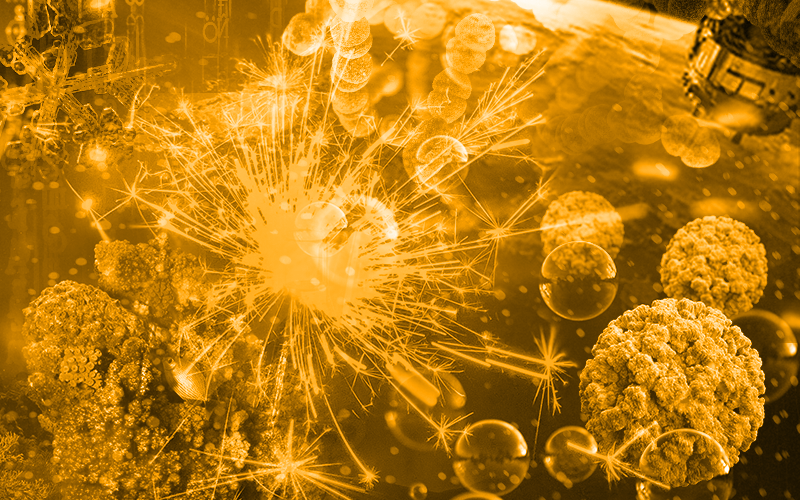
At first glance, science and magic seem like chalk and cheese, but as the writer Arthur C Clarke pointed out, “any sufficiently advanced technology is indistinguishable from magic.” The feeling of wonder that keeps scientists hooked to their research can also captivate a magician’s audience.…

Success with STEM: Ideas for the classroom, STEM clubs and beyond is an excellent resource, brimming with ideas to support teachers of science, technology, engineering and maths (STEM).

How ten years of science at the EIROforum member institutions has led to many new discoveries.
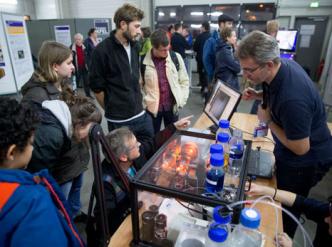
Science in School is published by EIROforum, a collaboration between eight of Europe’s largest intergovernmental scientific research organisations (EIROs). This article reviews some of the latest news from the EIROs.
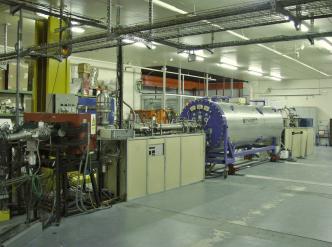
Claire Pacheco explores ancient art puzzles with modern techniques.

Sporting success requires hard work and talent, and there’s an awful lot of physics determining the perfect shot.
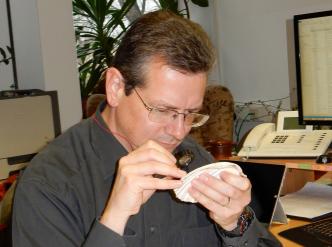
Seashells are more than just pretty objects: they also help scientists reconstruct past climates.
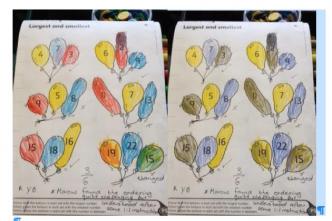
To support children with colour vision deficiency in our classrooms, we have to understand their condition.
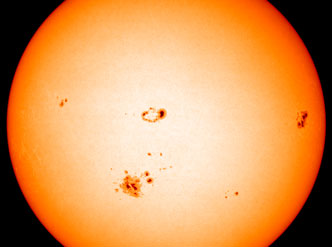
Explore simple harmonic motion with real astronomical images.

Measure the distance from Earth to the Moon using high-school geometry and an international network of schools and observatories.
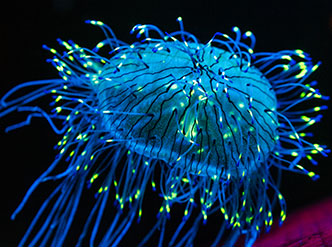
Brighten up your chemistry lessons by looking at bioluminescence.
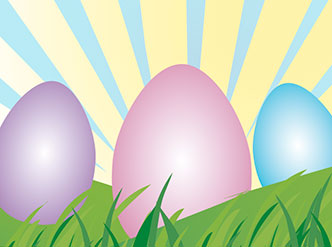
This Easter, have some intriguing science fun with eggs. You’ll never look at them the same way again!

Help your students explore an exothermic reaction using the real-world example of a self-heating patch.
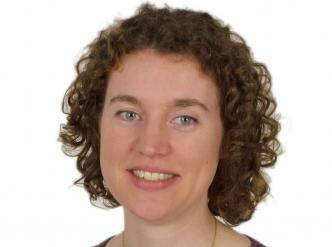
This issue marks a very special milestone for us: it’s ten years since the first issue of Science in School was published.